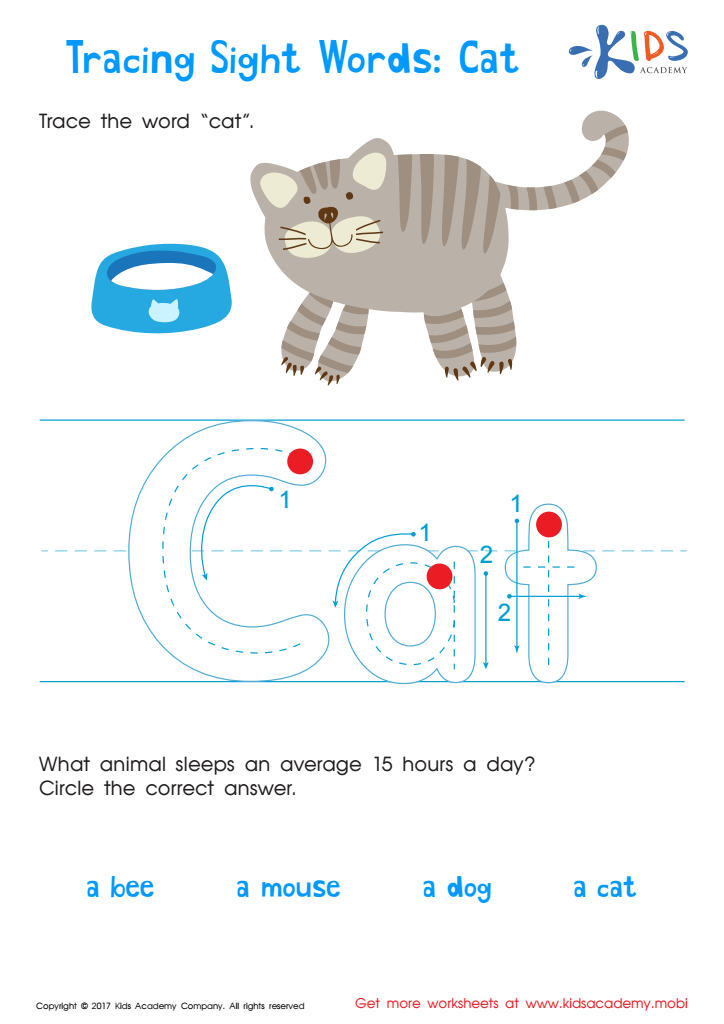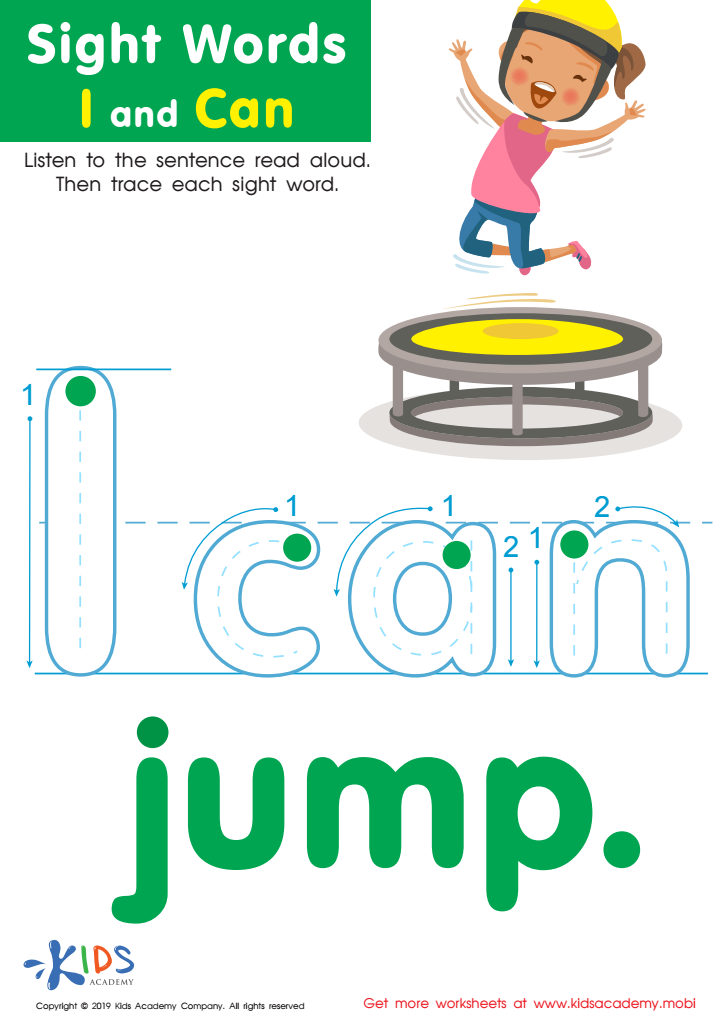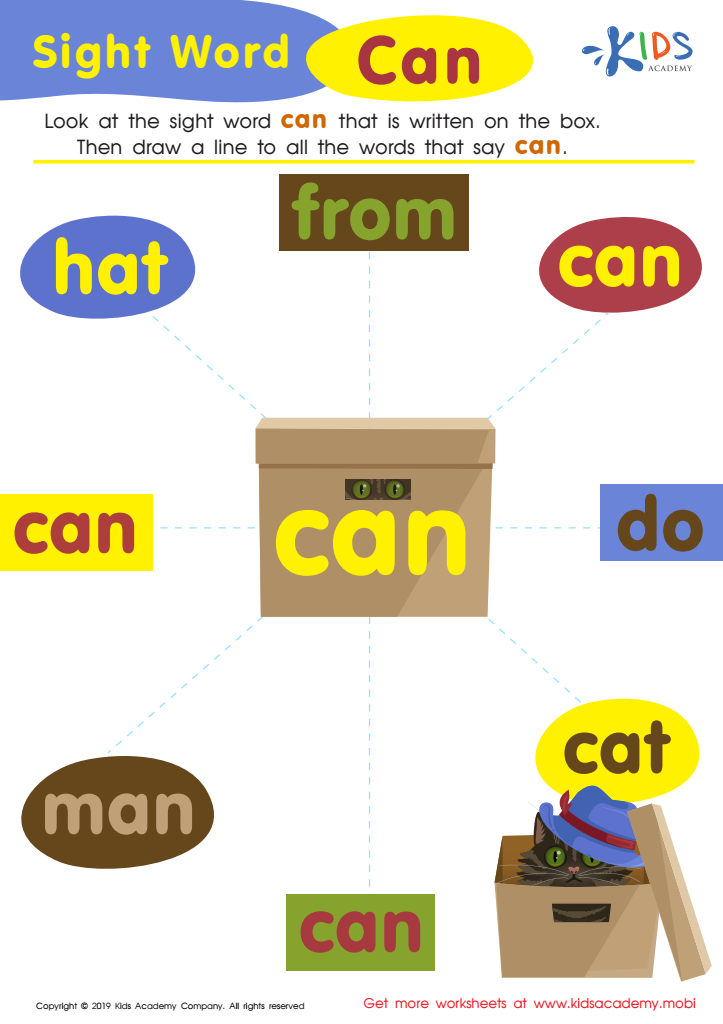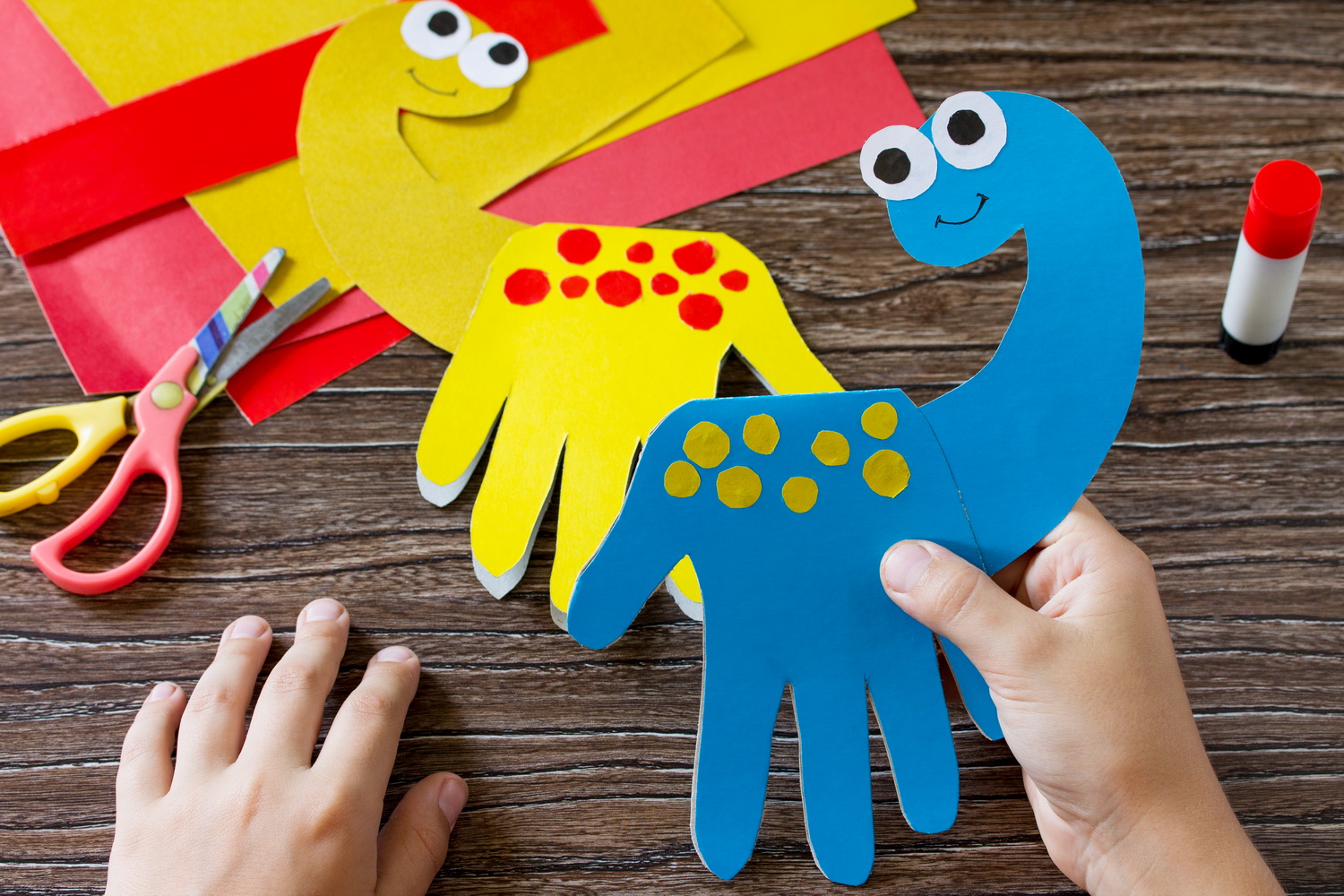Sight word recognition Normal Worksheets for 5-Year-Olds
6 filtered results
-
From - To
At Kids Academy, our Sight Word Recognition Normal Worksheets for 5-year-olds are expertly designed to bolster early reading skills. These engaging worksheets help young learners recognize common sight words, fostering reading fluency and confidence. Featuring fun and educational activities, children practice identifying, tracing, and reading sight words in a playful context. Perfect for home or classroom use, our worksheets support preschool and kindergarten curricula, catering to different learning styles. Boost your child’s literacy foundation with Kids Academy's effective and enjoyable sight word recognition tools. Unlock a world of reading potential today!


Cat Printable Sight Words Worksheet


Sight Words I Can Worksheet


Sight Word Can Worksheet


Dog Worksheet Sight Words Worksheet


Up or Down Printable Sight Words Worksheet
Sight word recognition is a critical component of early literacy development, making it essential for both parents and teachers to actively engage with it for 5-year-olds. Sight words, also known as high-frequency words, are common words that young readers are encouraged to recognize instantly without needing to sound them out. Mastery of these words supports fluency and comprehension in reading, as they often make up a significant portion of the text in early childhood books.
For 5-year-olds, developing this skill can lead to greater confidence in reading, reducing the frustration often associated with learning to read. This confidence becomes a foundation for a lifelong love of reading, facilitating academic success in other subjects as well. Children with strong sight word recognition can focus more mental energy on understanding the content of what they read, rather than decoding individual words.
Moreover, when parents and teachers pay attention to the progress of sight word recognition, they can identify and address any learning challenges early on. This proactive approach ensures that each child receives the tailored support they need. Given that early literacy skills are a predictor of future academic achievement, fostering sight word recognition greatly contributes to a child's overall educational development and love for learning.
 Assign to My Students
Assign to My Students





















